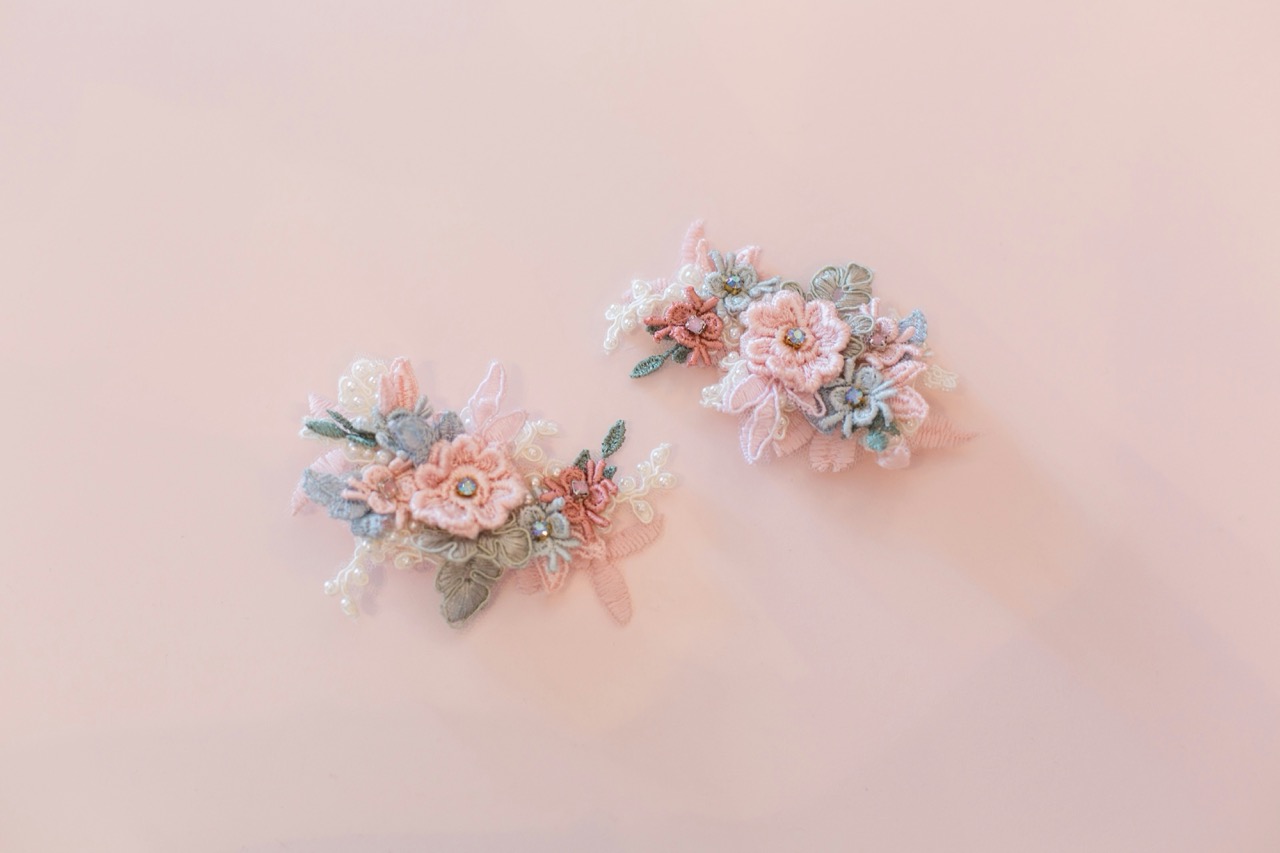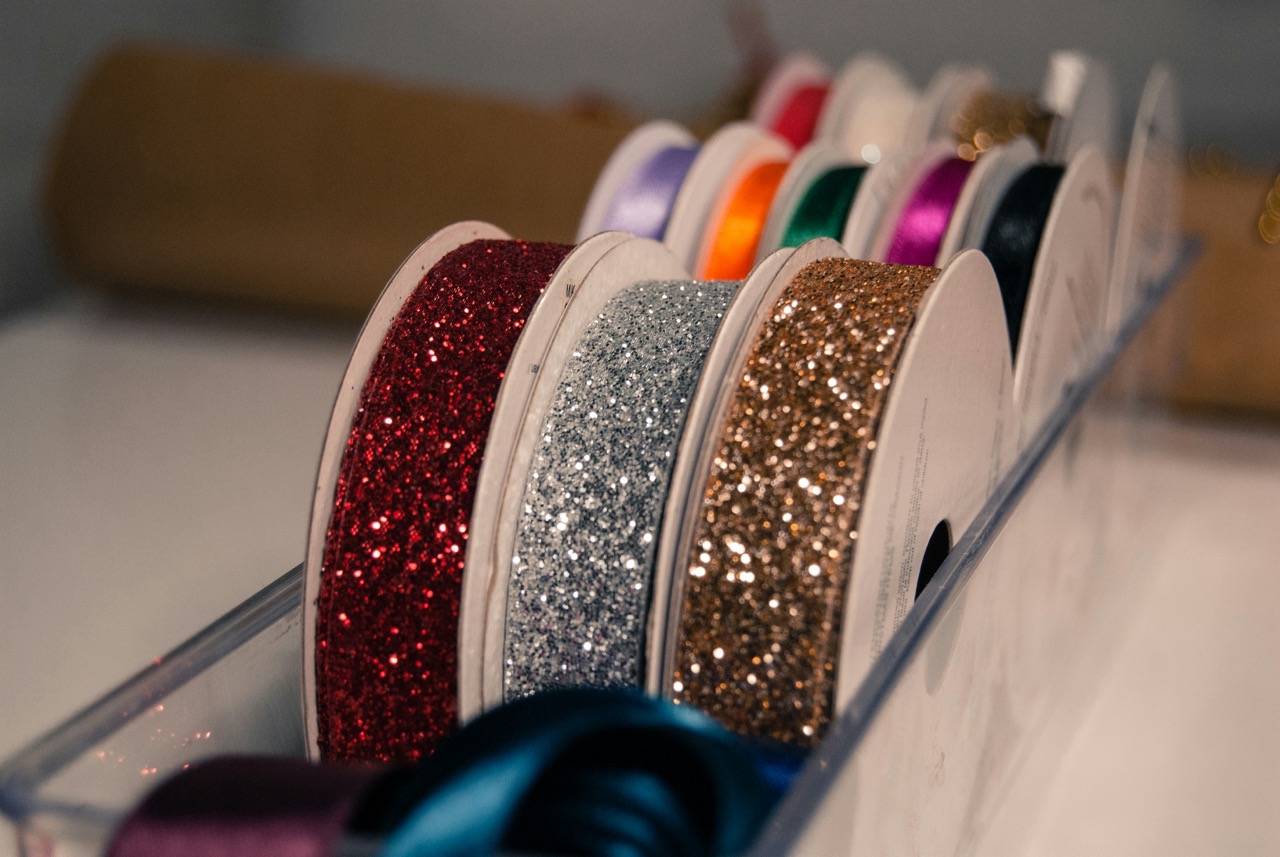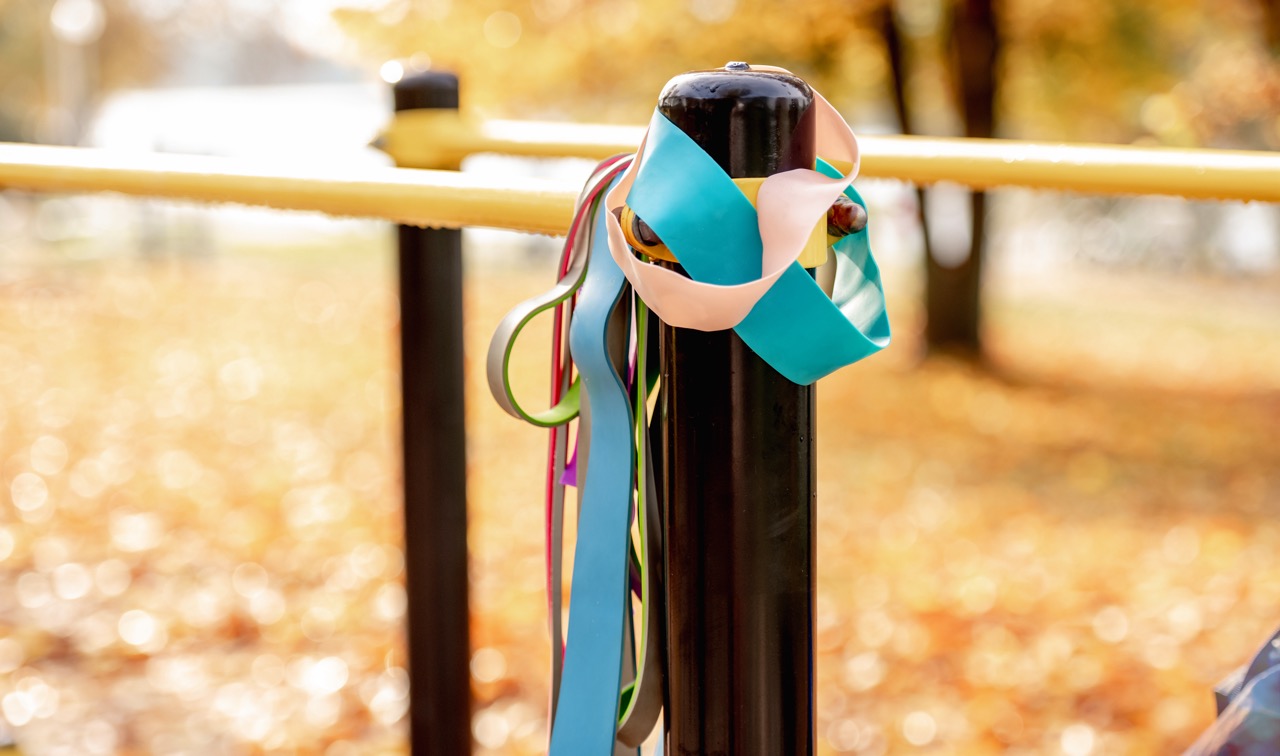Ribbons are more than just decorative pieces; they embody creativity and craftsmanship, serving various purposes from gift wrapping to crafting and fashion embellishments. However, their delicate nature demands special care to maintain their vibrant colors, structural integrity, and overall beauty. In this article, we will explore effective ways to care for delicate ribbons, ensuring they remain in pristine condition for all your crafting needs.
The Art of Caring for Delicate Ribbons: An Introduction
Understanding the importance of proper ribbon care is the first step towards preserving their beauty. Ribbons can be made from a variety of materials, including silk, satin, organza, and cotton, each with distinct characteristics and vulnerabilities. By learning how to care for these fabrics, you can extend the lifespan of your ribbons and keep them looking fresh and vibrant.
Proper ribbon maintenance not only enhances their aesthetic appeal but also ensures that they continue to serve their intended purpose, whether it’s for celebrations, crafts, or fashion. The following sections delve into the intricacies of ribbon care, offering tips and techniques tailored to different ribbon types and uses.
By equipping yourself with knowledge and essential tools, you can create an environment in which your ribbons thrive, showcasing their beauty and versatility. Let’s explore the different types of ribbons and their specific needs, so you can begin your journey toward becoming a ribbon care expert.
Understanding Different Types of Ribbons and Their Needs
Ribbons come in various types, each with unique properties that influence how they should be cared for. Silk ribbons, known for their luxurious texture and sheen, are particularly delicate and can be easily damaged by moisture and harsh light. Satin ribbons boast a smooth surface and slight stretch, making them versatile but susceptible to fraying if not handled properly.
Organza ribbons are characterized by their crispness and lightweight nature, but they can be prone to wrinkling and snagging. Cotton ribbons are sturdier and can handle more wear and tear, yet they can fade over time if exposed to direct sunlight. Understanding these differences is crucial in determining how to best care for your ribbons and prolong their lifespan.
Each type of ribbon requires tailored care techniques. For instance, silk and satin ribbons benefit from gentle handling and should be kept away from damp environments, while cotton ribbons can withstand more rigorous usage but still need protection from sun exposure. By identifying the material of your ribbons, you can create a personalized care routine that aligns with their specific needs.
Essential Tools for Maintaining the Beauty of Ribbons
To care for your delicate ribbons effectively, having the right tools at your disposal is essential. A soft lint roller or a fine-bristle brush can help remove dust and debris without causing damage. Microfiber cloths are perfect for gently wiping down surfaces, ensuring that your ribbons remain clean and free from sticky residues.
For cleaning and organizing, a set of acid-free storage boxes or envelopes can help prevent exposure to elements that could lead to discoloration or degradation. Additionally, investing in ribbon spools or organizers can keep your collection neat and tangle-free, minimizing the risk of tearing during use.
Lastly, a misting spray bottle filled with water can be beneficial for lightly spritzing ribbons that may need some freshening up. This tool helps in managing wrinkles without saturating the fabric, particularly for materials like silk and organza. Having these essential tools on hand will make maintaining your ribbons a more manageable task.
How to Properly Store Ribbons to Prevent Damage
Storage plays a crucial role in ribbon care. To prevent damage, ribbons should be stored in a cool, dry place away from direct sunlight. Light exposure can fade colors, causing them to lose their vibrancy over time. A dark storage environment not only retains the original color but also protects delicate fibers from the wear of daily exposure.
Choosing the right storage container is equally important. Opt for acid-free boxes, bins, or drawer organizers designed specifically for crafts. These containers can help maintain the structure of the ribbons, preventing them from getting crushed or crumpled. Keeping ribbons on spools or wrapped around cardboard can also help maintain their shape and prevent tangling.
When organizing your ribbons, consider categorizing them by material, color, or usage. This will not only make it easier to find the ribbon you need but will also help reduce handling, thereby minimizing wear and tear. Proper storage is a proactive way to ensure your ribbons remain beautiful and functional for years to come.
Cleaning Techniques for Various Ribbon Materials
Cleaning ribbons requires a gentle approach, as different materials respond uniquely to various cleaning methods. For silk ribbons, hand washing in cool water with mild detergent is recommended. Gently swish the ribbon in the solution, avoiding any vigorous scrubbing that could lead to fraying or tearing. Rinse thoroughly and lay flat to dry away from direct sunlight.
Satin ribbons can be spot-cleaned with a damp cloth or sponge. If the satin ribbon becomes heavily soiled, a gentle hand wash can also be performed. However, be cautious to avoid twisting or wringing the ribbon, as this could ruin its smooth finish. Again, laying the ribbon flat to dry is ideal, as hanging can cause stretching.
For cotton ribbons, machine washing on a gentle cycle may be suitable, but it’s best to check the specific care instructions first. Using a mesh laundry bag can provide added protection during the wash cycle. Once cleaned, hang or lay flat to dry, ensuring they are completely dry before storing. Each ribbon type requires careful attention during cleaning to maintain its integrity.
Handling Ribbons with Care: Best Practices to Follow
When working with delicate ribbons, handling them with care is paramount. Always ensure your hands are clean and dry before touching the ribbons to prevent transferring oils or dirt that could stain or damage the fabric. Avoid using sharp objects near your ribbons, as snags and cuts can happen in the blink of an eye.
When cutting ribbons, using sharp, clean scissors will help create a neat edge, minimizing fraying. Be mindful of how you pull or tug on the ribbons; excessive force can lead to tears or deformation. Instead, gently manipulate the ribbons and allow them to drape naturally to avoid any unnecessary wear.
Additionally, consider wearing gloves when handling high-value or sentimental ribbons, as the oils from your skin can lead to discoloration over time. By adopting these best practices, you can ensure that your ribbons remain in excellent condition, ready for your next creative project or celebration.
Repairing Torn Ribbons: Simple Steps to Restore Beauty
Accidents happen, and sometimes even the most carefully handled ribbons can suffer from tears or frays. If you find a tear in your ribbon, don’t be disheartened; repairing it can be a straightforward process. Start by assessing the damage; if it’s a small fray, you may be able to simply trim the excess fabric with sharp scissors for a clean edge.
For more substantial tears, consider using fabric glue or a needle and thread. Gently align the torn edges and apply a small amount of fabric glue, allowing it to dry fully. If you opt to sew the tear, use a fine needle and thread that matches the ribbon color for a discreet repair. Sew along the edge of the tear, ensuring that the stitches are tight yet not overly tight to avoid puckering.
In cases where the ribbon has frayed significantly, you can create a new edge by folding under the frayed part and sewing it down. This not only reinforces the ribbon but also adds a decorative touch. Following these simple repair steps can help restore your ribbons and keep them looking beautiful for future use.
Creative Ways to Use Ribbons Without Causing Wear
Ribbons are incredibly versatile, but their delicate nature requires creativity in usage to minimize wear. Instead of tying them tightly around gifts, consider using ribbon clips or decorative ties that allow for a looser fit, reducing stress on the fibers. This method ensures that the ribbons can be reused and retains their original beauty.
Another creative option is to use ribbons as accents rather than focal points. For example, incorporating ribbons into a floral arrangement can add color without exposing them to wear and tear. Wrap them loosely around vases or attach them to bouquets, where they can be admired without the risk of fraying.
Lastly, consider using ribbons in layered looks. If you want to incorporate multiple colors or textures, layer them without pulling too tightly. This technique not only enhances the visual appeal but also protects each ribbon from potential damage, allowing you to enjoy their beauty for longer.
Seasonal Care Tips for Ribbons: What You Should Know
As seasons change, so do the environmental factors that can impact your ribbons. During the summer months, increased humidity can lead to mold or mildew growth on certain materials, particularly silk and satin. To combat this, store ribbons in breathable fabric bags or in a climate-controlled environment to minimize moisture exposure.
Winter can bring dry air, which can lead to static and brittleness in certain ribbon materials. To combat this, lightly mist your ribbons with water before storage, ensuring they are not damp but have a slight moisture balance. This can help maintain their suppleness and prevent breakage during handling.
Finally, spring cleaning is an excellent opportunity to reassess your ribbon collection. Take the time to clean and inspect your ribbons for any signs of wear or damage. Rotate seasonal ribbons to the forefront of your storage, ensuring they remain in good condition and ready for use during celebrations and decorations.
The Importance of Humidity and Temperature for Ribbons
Humidity and temperature are critical factors in ribbon care that can significantly impact their longevity. Ideally, ribbons should be stored in a controlled environment with moderate humidity levels. Excessive moisture can cause mold and mildew, while overly dry conditions can lead to brittleness and cracking, particularly in materials like silk and organza.
A temperature range between 60°F to 75°F (15°C to 24°C) is generally ideal for ribbon storage. Fluctuations outside this range can lead to damage, as materials may expand or contract, causing stress and weakening the fibers. For high-end ribbons, consider investing in a dehumidifier or air conditioner to maintain a stable environment.
If you live in a climate with extreme humidity or temperature fluctuations, consider utilizing desiccants or humidity absorbers in your ribbon storage area. These can help regulate moisture levels, providing an added layer of protection for your delicate materials. By being mindful of these environmental factors, you can significantly enhance the lifespan and beauty of your ribbons.
How to Safeguard Ribbons During Crafting Projects
Crafting with ribbons can be a joy, but it does come with certain risks of wear and tear. To safeguard your ribbons during crafting projects, start by carefully planning your designs. Always lay out your materials beforehand to avoid unnecessary handling that could cause fraying or tangling.
When cutting ribbons for crafting, use a cutting mat and sharp scissors to create clean edges. If you need to secure ribbons in place, opt for low-tack tape or fabric glue instead of staples or pins, which can lead to permanent damage. This will allow for easy adjustments and preserve the integrity of your ribbons.
Lastly, be conscious of how much tension you apply when working with ribbons. Whether you’re tying, looping, or gluing, gentle manipulation is key. By following these precautions, you can enjoy the creative process without sacrificing the quality of your beloved ribbons.
Caring for delicate ribbons is an art form that combines knowledge, patience, and creativity. By understanding the specific needs of different ribbon types, utilizing the right tools, and implementing careful storage and handling practices, you can maintain the beauty and longevity of your ribbons. Whether you use them for crafting, decorating, or gifting, these techniques will ensure your ribbons remain a cherished part of your creative arsenal. With the right care, your ribbons can continue to bring vibrancy and joy to your projects for years to come.










